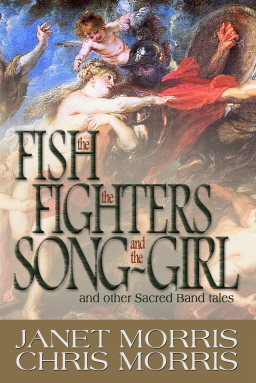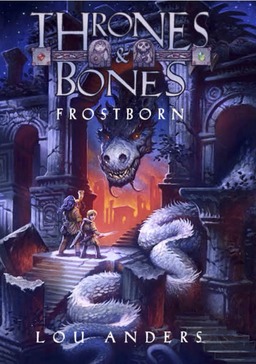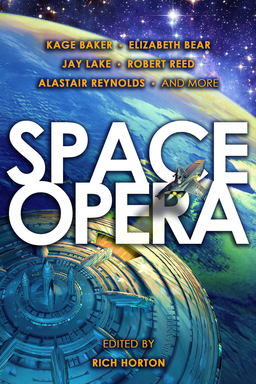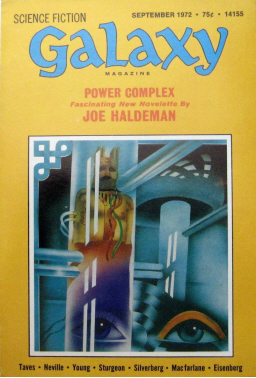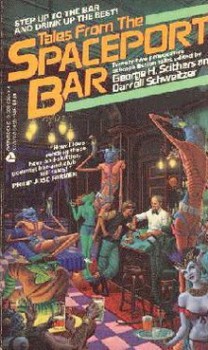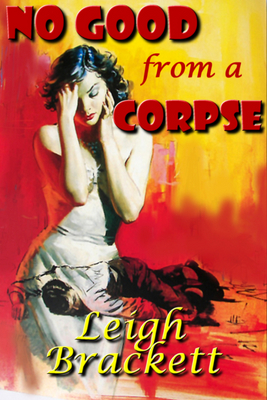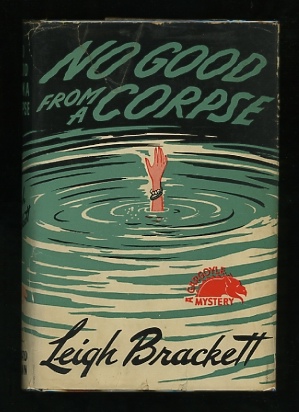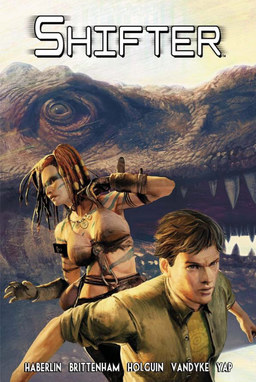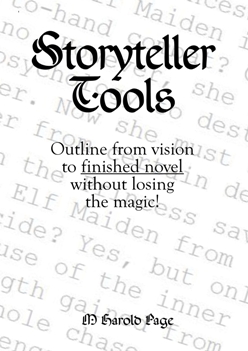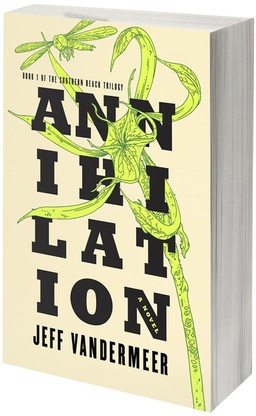Love in War and Realms Beyond Imagining: The Fish, the Fighters and the Song Girl by Janet Morris and Chris Morris
“Your commander reaches for yonder stars and gods do eye him. And there are more Fates in the wide worlds of men than those whom he has aided.” – from The Fish, the Fighters and the Song Girl.
The Fish, the Fighters and the Song Girl
Janet Morris and Chris Morris
Revised Author’s Cut, published by Perseid Press (386 pages, May 24, 2012, $24.95)
Cover art: Peter Paul Rubens, “The Consequences of War” (detail), 1637-1638
The team of Janet Morris and Chris Morris once again grace us with another excellent collection of Homeric Heroic Fantasy, featuring Tempus, Niko and their Sacred Band of Stepsons. This compilation is comprised of both new stories and earlier tales, herein revised from the original Thieves’ World® series, stories such as “What Women Do Best,” “Power Play,” and “Sanctuary is for Lovers.” Brand-new tales, written especially for this book, include “Shelter from the Storm,” “Lemnian Deed,” “Ravener, Where Art Thou?” and the title story.
All the magic, action, adventure, humor and human drama I’ve come to expect from Janet and Chris Morris are here in spades, and there are enough revelations and plot twists along the way to keep you on your toes.
This collection takes place after the Morris’ masterpiece, The Sacred Band, and gives us more of the history of the Sacred Band as Tempus takes his Stepsons and Thebans north, a world away, into unexplored regions and a mythic country. Though they are courageous, these fighters, they are no strangers to fear. Though they are warriors, hard and tough, they are not immune to love and compassion, to decency and common humanity.
